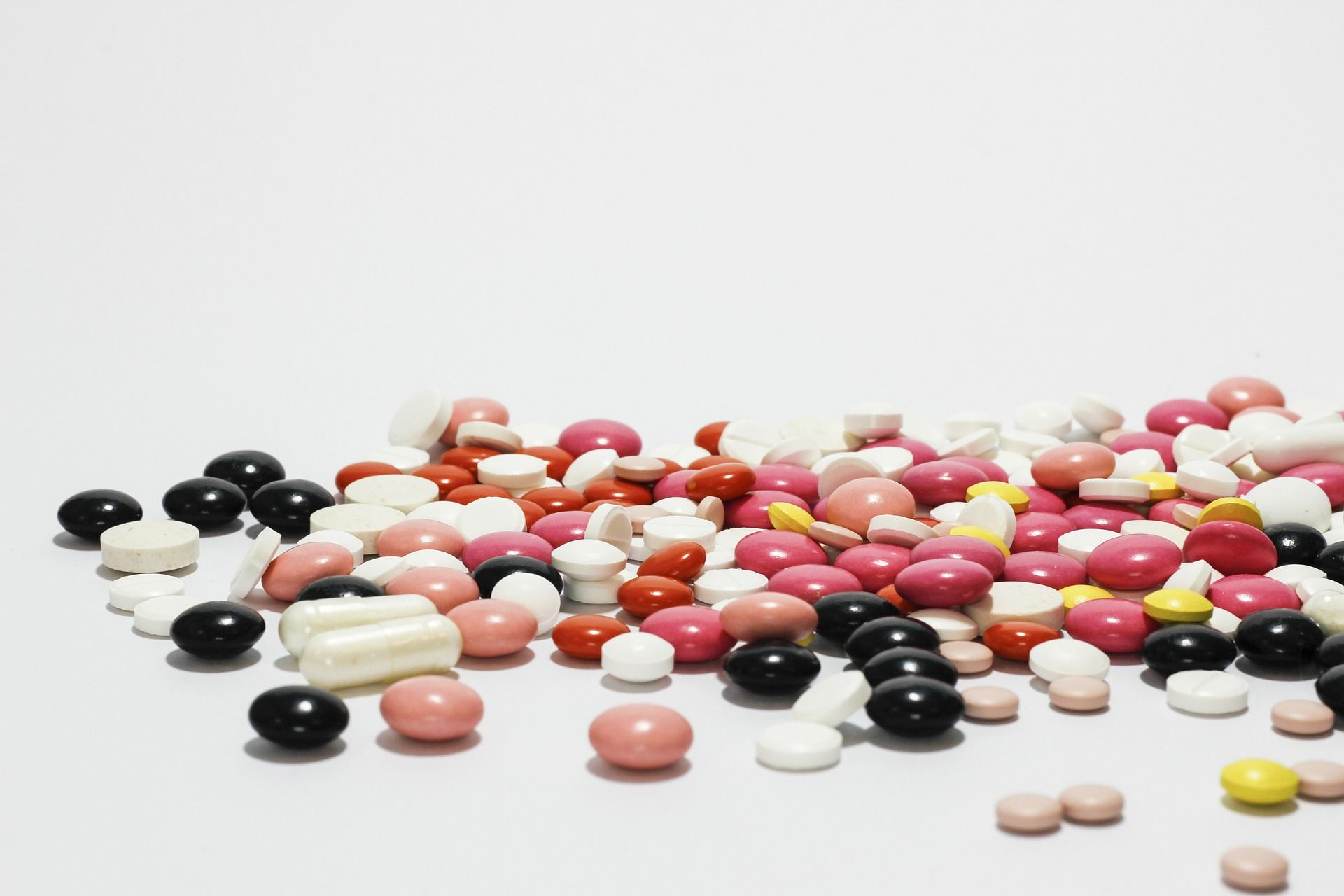Opioid addiction is a severe public health crisis, claiming numerous lives through overdose. Among the most dangerous opioids is fentanyl, a synthetic substance that particularly affects young individuals.
A new study, led by researcher Ami Citri from the Hebrew University of Jerusalem’s Edmond and Lily Safra Center for Brain Sciences, showed the brain’s potential to control the desire to consume fentanyl. The findings of the study were published in the journal Current Biology.
The researchers focused on claustral neurons, a specific type of brain cells, to ascertain to what extent they trigger addiction. The team observed that these neurons displayed unique patterns of activity when fentanyl was consumed. By manipulating these neurons, they were able to control the amount of fentanyl consumed, suggesting the neurons directly influence opioid intake, according to News-Medical.net
Researchers recreated a real-life situation of a person feeling the urge to take opioids, which helped them to analyze how social interactions impact drug consumption.
The activation of claustrum – a thin sheet of neurons that is connected to many cortical regions – effectively reduced drug consumption, whereas its suppression led to an escalation in drug intake. The findings indicate that focusing on claustral neurons could lead to the development of effective strategies for addressing opioid addiction in people. Researchers are conducting further studies to explore this possibility.
“Our findings shed light on the intricate relationship between the brain and fentanyl consumption. Understanding the role of claustral neurons in regulating the urge to consume opioids offers a new avenue for interventions aimed at curbing addiction,” Citri said in a news release.
The findings have significant implications for public health efforts aimed at addressing the opioid crisis. By educating people on the brain’s role in addiction, researchers and healthcare professionals could enhance their ability to develop more effective strategies for preventing and treating opioid addiction.
Published by Medicaldaily.com


